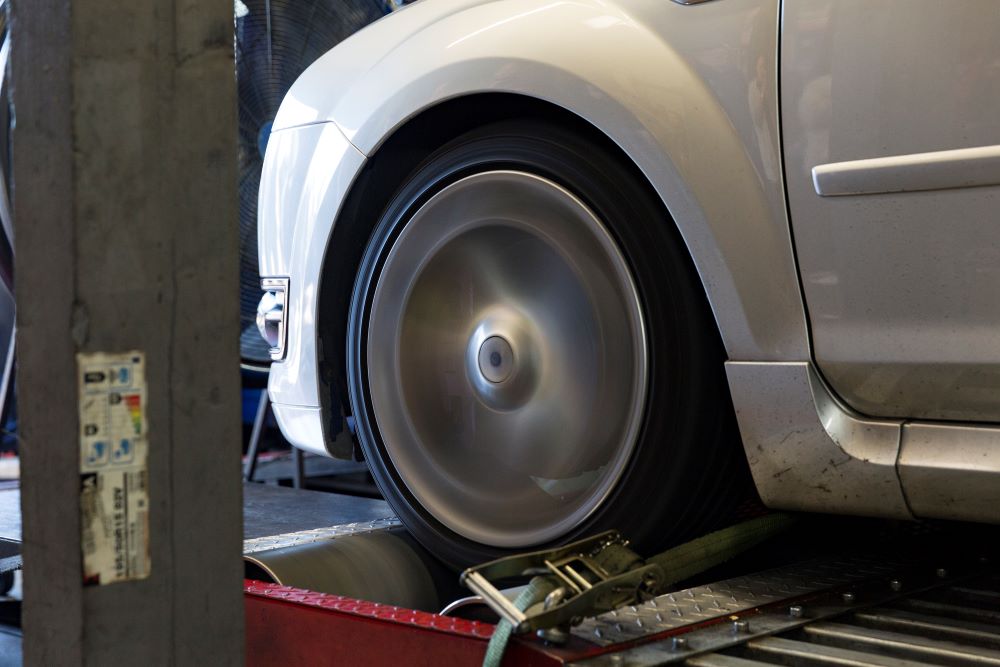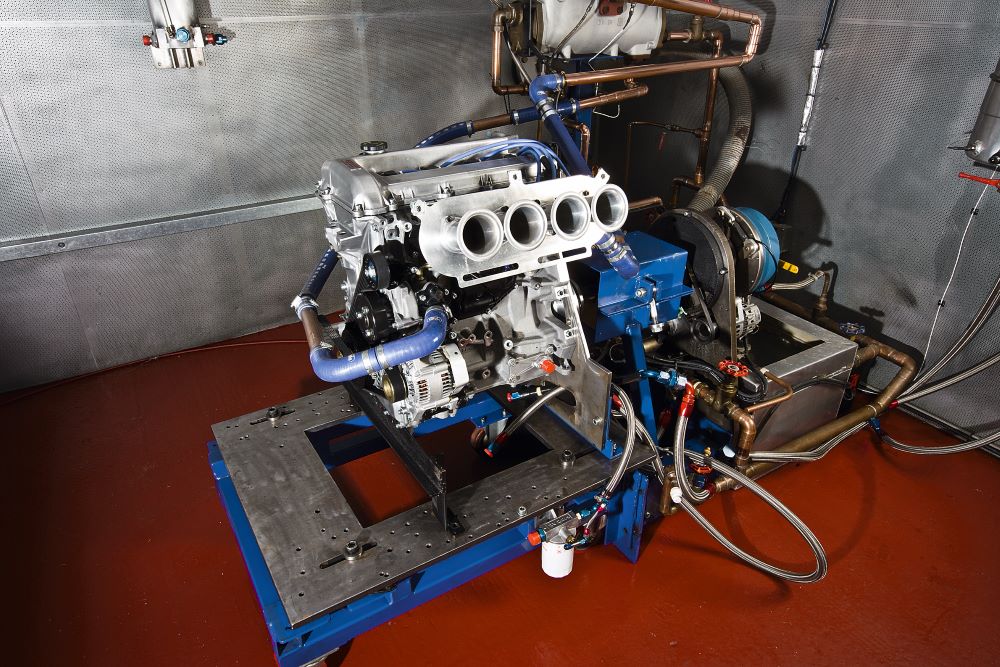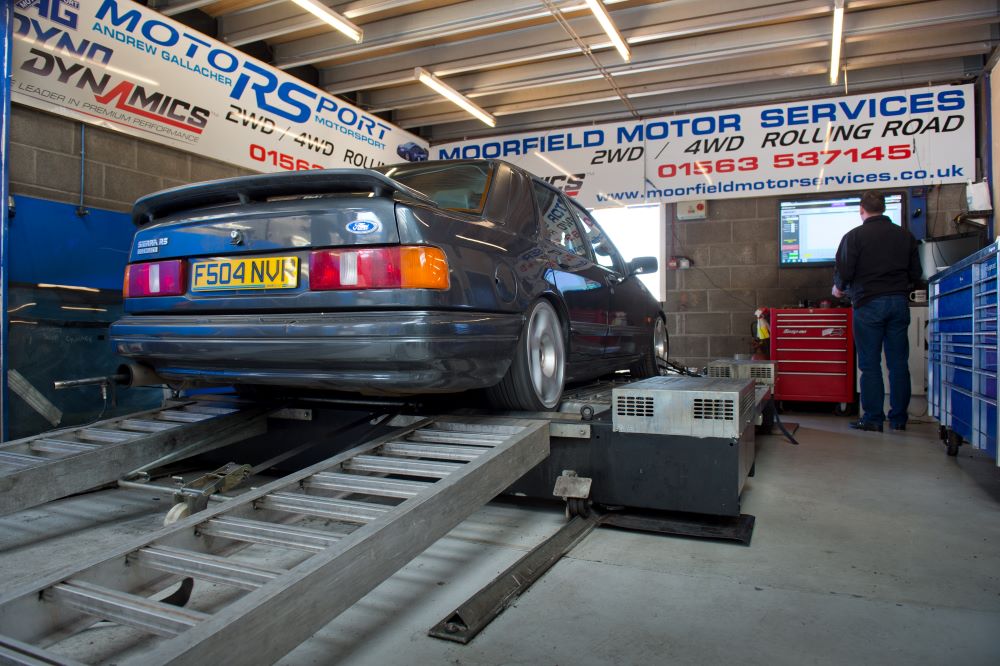
When it comes to measuring an engine's power, horsepower is the go-to unit. However, there are different types of horsepower figures used across the world. In this feature, we explain all you need to know about the different types of horsepower figures you might see.
The post Types of Horsepower Explained appeared first on Fast Car.
How much horsepower has your car got? Well, that depends on what units you’re using and how it was measured. There are several different types of horsepower figures, and they all mean something slightly different. Read on to learn more…
When it comes to measuring an engine’s power, horsepower is the go-to unit. However, there are different types of horsepower figures used across the world. Some use a metric measurement and some use traditional American horsepower units. Also, you can measure horsepower at the wheels, at the hubs, at the flywheel, or at the crankshaft. All will give slightly different figures. In this feature, we explain all you need to know about the different types of horsepower figures you might see.
Different Units of Engine Power
Traditionally brake horsepower or BHP is the unit of measurement that Brits use for determining the power of an engine, and lb/ft is the one we use for torque. Over in Germany, it’s PS or Pferdestärke. Kilowatts or KW, is usually the default in Australia. Newton Meters, or NM, is a common alternative used for measuring torque across many nations. In the US, you might also see WHP, wheel horsepower, which is the amount of power being sent to the wheels after transmission losses. But how do these measurements compare to BHP and lb/ft?
Well, Pferdestärke is German for horsepower, and the figure is almost the same as BHP – but not quite, just under 99 percent in fact. So 100bhp is just over 101Ps, for example. Kilowatts, on the other hand, is very different from BHP; about a third lower in fact. So, if a car has a high Kw number, it’s REALLY powerful in BHP terms, with 100bhp being just under 75Kw.
Newton Meters gives higher numbers than lb/ft, with just over 1.3Nm for every 1 lb/ft. Which doesn’t sound much, but while 800nm of torque sounds like an insanely high number, in reality it’s a slightly more realistic 590lb/ft when converted.
If you care (and you probably don’t, as there are countless calculators online to do it for you), the equation to calculate BHP from torque and rpm is;
Torque (lb/ft) multiplied by Speed (rpm) divided by 5252 = Power.
Types of Horsepower Figures
What is flywheel horsepower?
The vast majority of rolling road figures in the UK quote numbers measured at the flywheel. However, that’s not the only place to measure power. Where it’s measured has a big effect on what number any given engine will show as producing.
As mentioned, flywheel power is the most common measurement used in the UK. But is actually the only one never truly measured. In fact it’s calculated from the wheel figures when using a rolling road. There’s a lot of debate on the accuracy of flywheel figures, and that’s the reason some countries, particularly the USA and Australia, rarely use them on tuned cars.
What is crank horsepower?
Power at the crank is almost an identical figure to flywheel power, but is totally accurate as it’s measured directly from the engine before it’s installed, by using an engine dyno. This is the figure quoted on standard production cars, and many highly tuned cars also see the engine dyno tested before installation.
What is hub horsepower?
The least common figure is power at the hubs, which is measured, unsurprisingly, by a hub dyno. Hub dynos literally bolt to the car’s hub instead of the wheels. This eliminates wheelspin problems that are common on powerful cars on conventional dynos. Hub power figures are lower than crank and flywheel figures, but a little higher then wheel figures.
What is wheel horsepower?
Last, and least, is wheel power. This is the number usually quoted in the USA, and often considered the only true power of a car, as after all it’s only your wheels that are ever in contact with the ground.
Somewhat surprisingly, it’s ignored in the UK. Though that’s probably because it’s by far the lowest, so least impressive sounding, number. As cars lose a significant amount of power through the gearbox, diff and other transmission parts, wheel power tends to be 10 to 25-percent less than the reading at the flywheel/crank.
So, you should always remember to take that in to account when comparing US wheel horsepower figures to UK flywheel figures!








